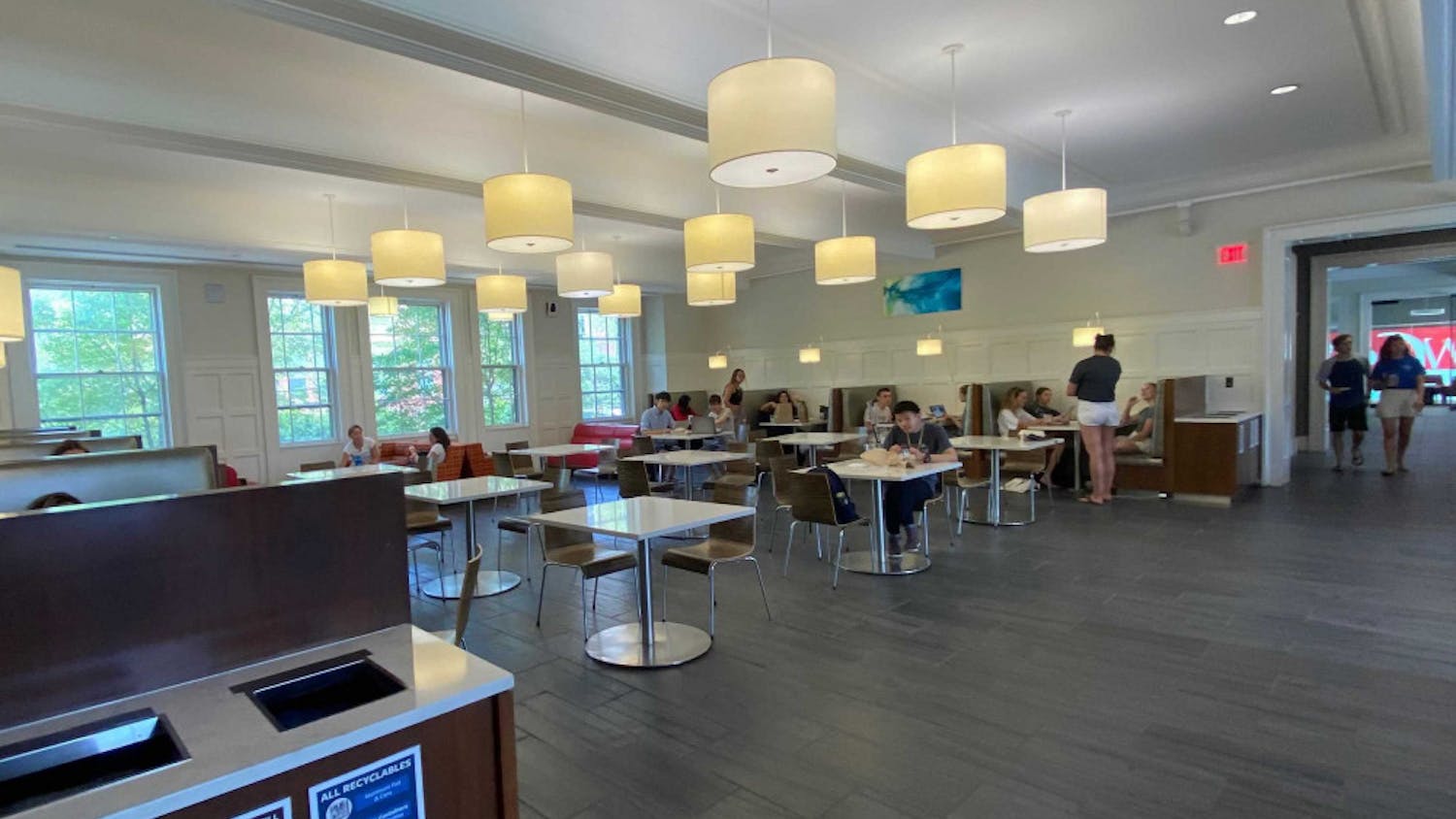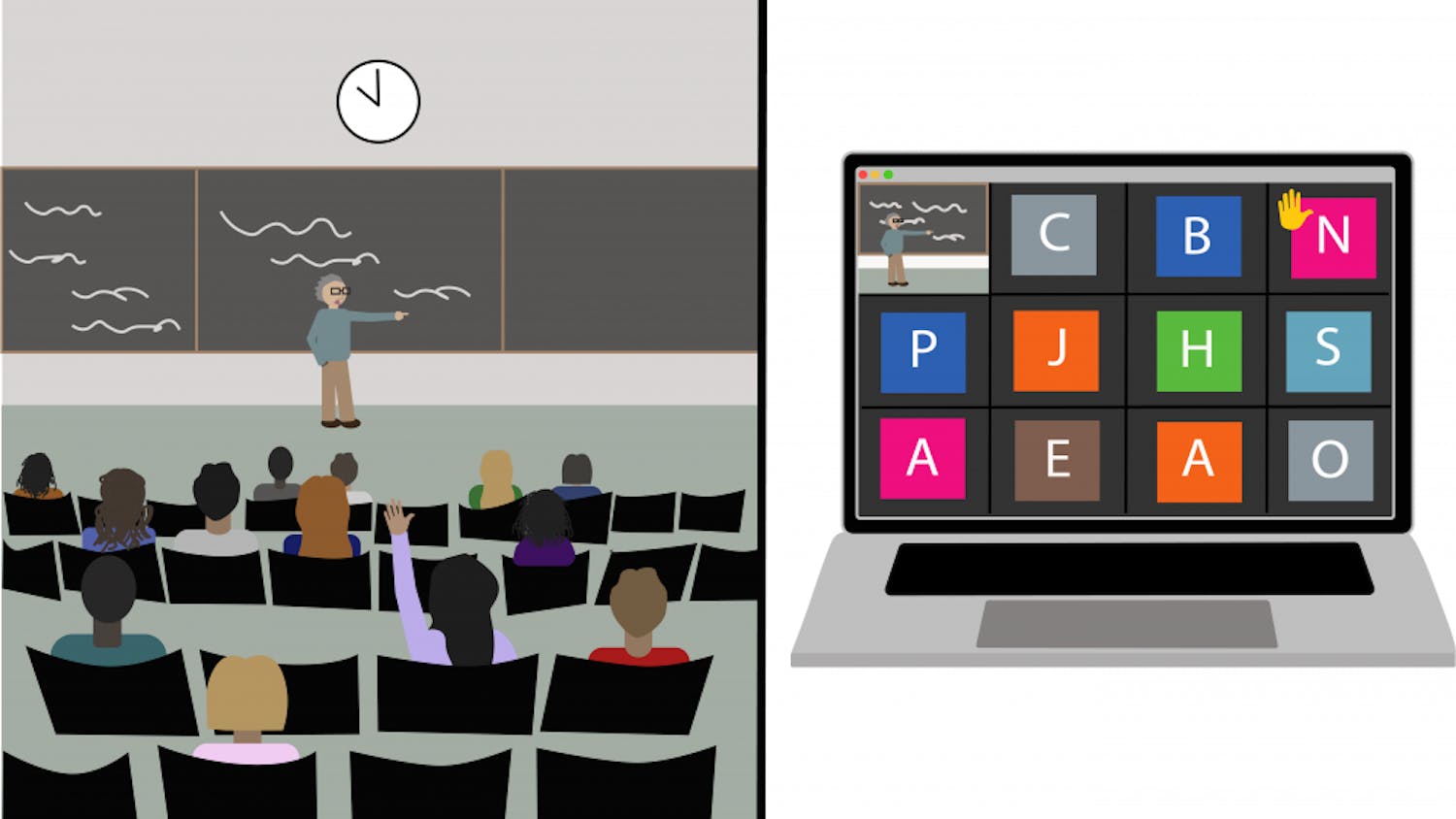In Providence, history and present coexist. Walking down Westminster Street, buildings - though they may now be doctors' or insurance offices - have their historical names engraved into the stone above their windows. Intricate old columns bracket brand new doors. Cars stand where horse buggies once did. A skyscraper reflects stone archways and freshly painted shutters in its sheets of plate glass.
The Rhode Island State Archives, a division within the office of Secretary of State Matt Brown, is currently presenting an exhibit titled "Where it used to be: Providence, then and now." The exhibit uses pictures, vintage post cards and maps from the past and present to depict how Providence is changing. It highlights a variety of transformations - some recognizable to even the unsavvy first-year, others of which even the most educated senior citizen might not be aware.
The exhibit is set up so viewers can easily compare and contrast specific geographic locations in Providence. Pictures from 1912 of North Main Street portray a Jewish neighborhood with square bay houses and little shops with layers to the architecture - a wooden storefront on the bottom, stone and brick apartments in the middle and shingled roofs on top.
Houses like this, rebuilt and refurbished, still exist on Benefit Street. But they and the condos on North Main are a world apart from the time depicted in the photographs, when boys in newspaper caps and girls in plaid skirts and grubby boots played on the cobblestone street.
During Providence's urban changes, landmarks were occasionally moved rather than destroyed. A statue of Mayor Thomas Doyle that once stood at a major intersection near where the Providence Place Mall is now located was moved to a less central location when the intersection was destroyed.
The exhibit tries to convey how lucky Providence is that during urban renewal the heart of the city wasn't ripped out. The skyline and maps of the city may be drastically different, but much of the old remains. Many historical buildings have been well preserved, but even those that are abandoned and run-down have the potential to bring more of old Providence into the present.
The exhibit, free and open to the public through Jan. 31, can be viewed at the Rhode Island State Archives, 337 Westminster St., Monday through Friday, 8:30 a.m. to 4:30 p.m.




